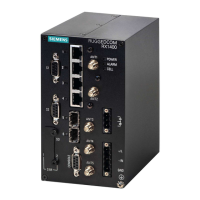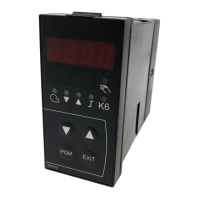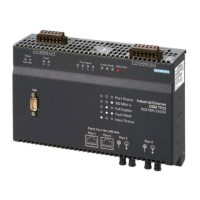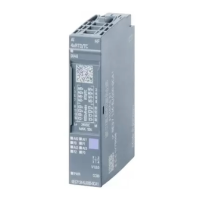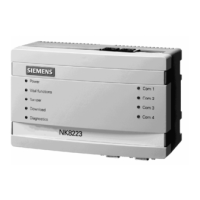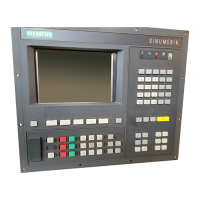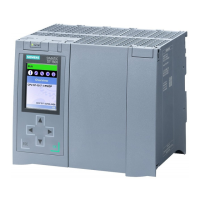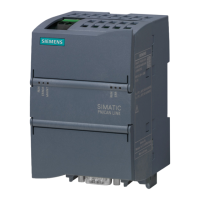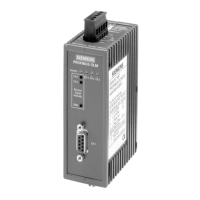RUGGEDCOM ROX II
CLI User Guide
Chapter 14
Network Redundancy
MSTP Bridge and Port Roles 639
CST
The CST (Common Spanning Tree) spans the entire bridged network, including MST regions and any connected
STP or RSTP bridges. An MST region is seen by the CST as an individual bridge, with a single cost associated with its
traversal.
CIST
The CIST (Common and Internal Spanning Tree) is the union of the CST and the ISTs in all MST regions. The CIST
therefore spans the entire bridged network, reaching into each MST region via the latter’s IST to reach every
bridge on the network.
Section14.3.3.2
MSTP Bridge and Port Roles
MSTP supports the following bridge and port roles:
Bridge Roles
Role Description
CIST Root The CIST Root is the elected root bridge of the CIST (Common and Internal Spanning Tree),
which spans all connected STP and RSTP bridges and MSTP regions.
CIST Regional Root The root bridge of the IST within an MSTP region. The CIST Regional Root is the bridge within
an MSTP region with the lowest cost path to the CIST Root. Note that the CIST Regional Root
will be at the boundary of an MSTP region. Note also that it is possible for the CIST Regional
Root to be the CIST Root.
MSTI Regional Root The root bridge for an MSTI within an MSTP region. A root bridge is independently elected
for each MSTI in an MSTP region.
Port Roles
Each port on an MSTP bridge may have more than one CIST role depending on the number and topology of
spanning tree instances defined on the port.
Role Description
CIST Port Roles • The Root Port provides the minimum cost path from the bridge to the CIST Root via the
CIST Regional Root. If the bridge itself happens to be the CIST Regional Root, the Root Port
is also the Master Port for all MSTIs, and provides the minimum cost path to a CIST Root
located outside the region.
• A Designated Port provides the minimum cost path from an attached LAN, via the bridge
to the CIST Regional Root.
• Alternate and Backup Ports function the same as they do in RSTP, but relative to the CIST
Regional Root.
MSTI Port Roles For each MSTI on a bridge:
• The Root Port provides the minimum cost path from the bridge to the MSTI Regional Root,
if the bridge itself is not the MSTI Regional Root.
• A Designated Port provides the minimum cost path from an attached LAN, via the bridge
to the MSTI Regional Root.
• Alternate and Backup Ports function the same as they do in RSTP, but relative to the MSTI
Regional Root.
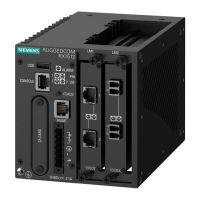
